Maybe you’re a beginner in the kitchen and it is your first time dealing with an avocado.
Or, you’re hosting a guacamole party and you want to make sure that you’re serving only the best.
Worry no more, because in this article, we will talk about some of the basic things you need to know when picking avocados.
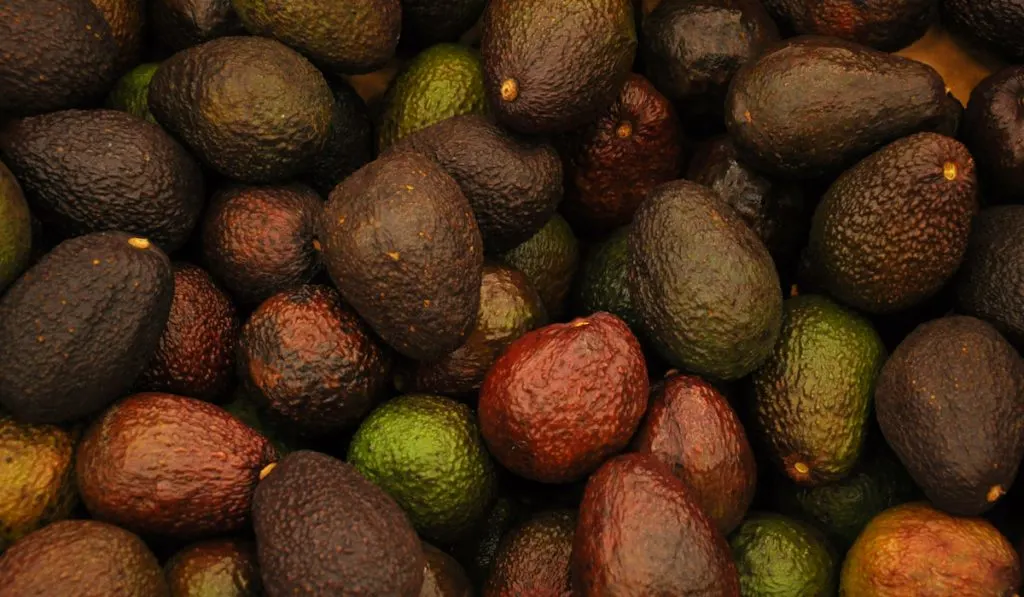
Should avocados be hard or soft?
The consistency of an avocado is a great determinant to know if it is still not ripe, ripe, or overripe.
An avocado with bright green skin and a firm consistency, meaning it does not react to gentle pressure, is considered unripe.
Then, we have an avocado that’s called “breaking,” or almost ripe. It is softer than the unripe one, but it will only react slightly to gentle pressure.
Meanwhile, a ripe and ready-to-eat avocado should react to gentle pressure, but would not feel too “mushy.”
When the avocado reaches this state, it should be used as soon as possible before it gets too ripe.
If it is very soft and squishy under gentle pressure, then the avocado is already overripe.
In addition, a stale, overripe avocado will have a rotten smell, thus you should avoid using it.
Should an avocado be hard inside?
When you purchase an avocado with a bright green skin and a hard flesh, it means that it is not ripe yet.
If you need to use the avocado four to five days after purchasing it, then you should buy this one.
However, if you’re going to use the avocado that day or the next, then you should pick one that’s dark green or violet in color, and will yield to gentle pressure.
So, no, it is not recommended to use an avocado with hard flesh, but you can consider buying it if you’re going to need it after a few days of purchasing it.
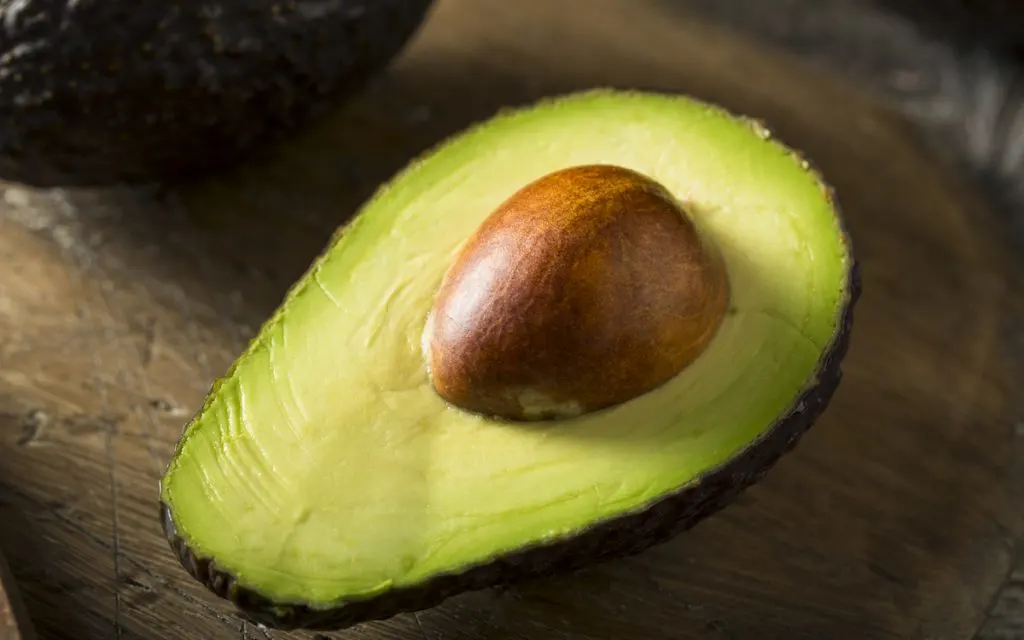
Is it safe to eat hard avocado?
Yes, it is perfectly safe to eat hard, unripe avocados, though you may want to reconsider eating one because of its horrible taste.
To enjoy your avocado, leave it out for a few days until it gets ripe and delightful to eat.
Why is the avocado hard inside?
An avocado will have a hard flesh if it’s not ripe yet.
If you accidentally cut it open while still unripe, simply put them back together.
Secure it with a rubber band, tape, plastic wrap, or anything that will keep the halves together.
Make sure that it’s tightly closed so that no dust, insects, or moisture can enter.
Then, place it on the counter and not in your fridge. Check if it’s ripe every 12 hours by gently poking it.
Can you make guacamole with hard avocados?
Technically, you can make guacamole with hard avocados by using a mixer, or a blender.
Will you get the consistency you are achieving? Yes.
Will it taste good? No. In fact, it’ll taste awful.
Keep in mind that an unripe avocado will taste very different from a ripe one.
The first step to making the best guacamole is to make sure that your avocado is ripe.
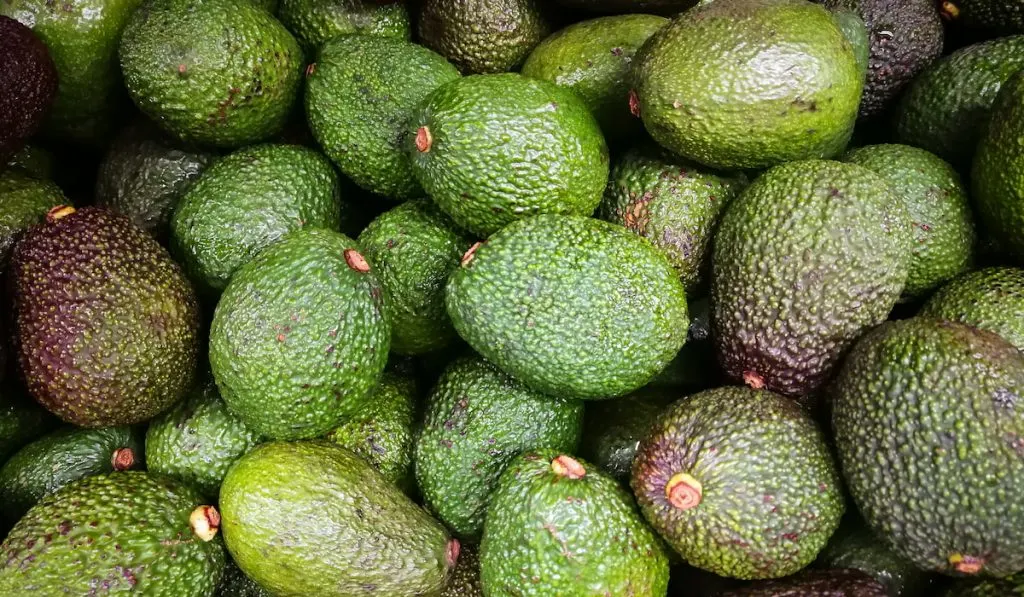
How to soften hard avocados
There are four ways to ripen hard avocados:
- Perhaps the best, and easiest way to soften unripe avocados is to leave them on your counter until it gets soft, but not squishy.
- If you want to soften your avocados more quickly, you’ll need to make use of your oven.
- First, wrap your avocado in aluminum foil, then place it on a baking sheet.
- Heat it in the oven at 200°F and make sure to check on its softness every ten minutes. The time it’ll take for the avocados to soften varies depending on its hardness.
The reason for this is when avocados heat up, they release a gas called ethylene, which is a natural ripening agent.
After the avocados get soft and ripe, you may now put it in the refrigerator to cool.
If your oven is not available, you may use your microwave but instead of using an aluminum foil to wrap the avocados, use plastic wrap instead
- If you don’t have an oven or microwave with you, a paper bag should do the trick. Place your avocados in a brown paper bag and roll it shut.
- Keep it in your counter or fruit bowl, not on your refrigerator. If you want to speed up this process, you may also put an apple or banana inside the paper bag. These fruits also release ethylene gas which helps ripen avocados more quickly.
- For the last method, you will need a paper bag and flour.
- First, fill your paper bag with flour, about two inches will do. Then, place the avocados inside and roll it shut. Monitor the fruit for softness and skin color until ripe.
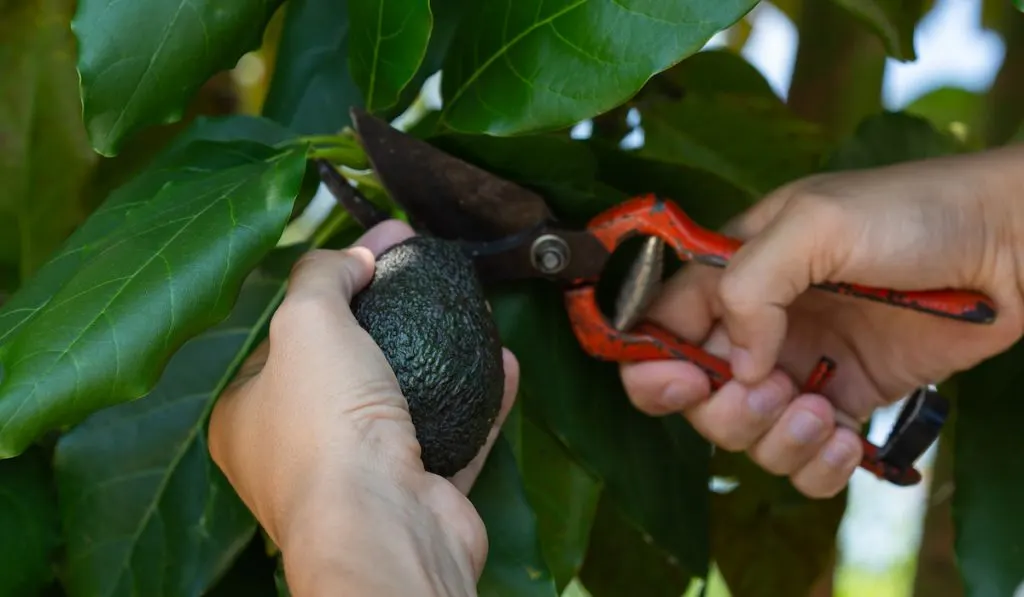
How to know when an avocado is ripe before it gets too ripe?
You want your avocado to be ripe, but not too ripe to the point that it’s already bad.
To know if your avocado is ready to eat, use the palm of your hand, not your finger, to gently squeeze the avocado.
If it yields, but isn’t too mushy, then it is perfect to be eaten already.
If you’re waiting for your avocados to ripen, make sure to check every 12 hours or so.
Remember, an avocado that’s too ripe will have an awful taste.
7 Tips for picking an avocado
1. Gently squeeze the avocados by the stem.
If you want to know the ripeness of the avocado, don’t squeeze it on its body. You’ll only create bruises on its flesh.
Instead, squeeze it gently on top. If it yields but retains its shape, it’s ripe.
If it feels too soft and your finger leaves a mark, then it is overripe. If it is too hard to even squeeze, then the avocado is most likely unripe.
2. Depending on when you’re going to use it, you may choose either the ripe or unripe one.
Usually, an unripe one will take 4-5 days to ripe, while a ripe one should be consumed within the day.
However, make sure to avoid overripe avocados since they aren’t ideal to consume anymore.
3. You may also want to snap the avocado’s stem to determine its ripeness.
If you flick its stem and it comes off easily with a green underneath, then the avocado is ripe and ready to be eaten.
However, if the stem doesn’t pop off easily and you see brown underneath, then its most probably overripe.
4. When choosing an avocado, don’t rely solely on its color.
Color differs for every variety of avocado.
While a green one may indicate unripe for many, some avocados are already considered ripe even with bright green skin.
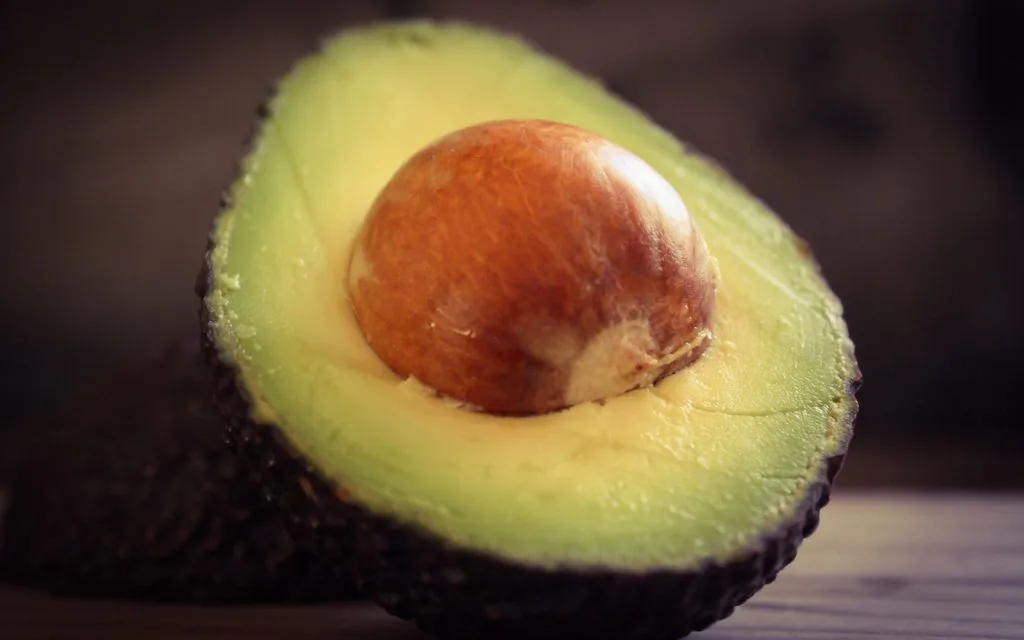
5. Same thing goes with texture.
A smooth or rough skin of an avocado does not dictate its ripeness. This only happens because of the different avocado varieties.
6. You may want to avoid avocados with dark blemishes.
A dark spot indicates that the avocado is overripe already.
7. If you want to slow down the process of ripening avocados, simply place them in your refrigerator.
Now you’ve learned some of the things you should know in choosing avocados.
The next time you go grocery shopping, make sure to remember all the things we’ve talked about in this article.
Also, if you find this article helpful, don’t forget to share it with your family and friends!
Resources:
- https://loveonetoday.com/how-to/pick-buy-fresh-avocados/
- https://www.creativehealthyfamily.com/how-to-ripen-a-rock-hard-avocado-in-just-10-minutes/
- https://delishably.com/vegetable-dishes/unripe-avocado
- https://www.mashed.com/286994/read-this-before-eating-an-unripe-avocado/.
- http://mimiavocado.com/2013/04/making-guacamole-with-hard-avocados/
- https://www.purewow.com/food/how-to-ripen-an-avocado/
- https://twinstripe.com/how-to-make-guacamole-with-unripe-avocado/
- https://www.healthline.com/nutrition/when-is-an-avocado-bad#1.-Overly-soft-with-dented-skin
- https://www.eatthis.com/how-to-pick-perfect-avocado/
